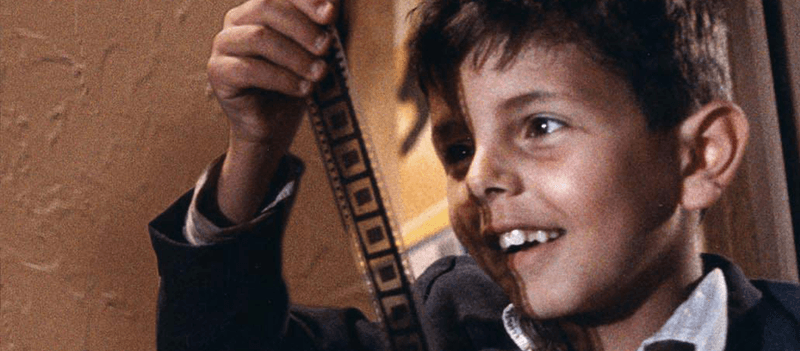
The earliest known Italian film is a brief 1896 documentary from director Filoteo Alberini. This lost work depicted Florence’s king and queen in action. In 1905, Alberini directed “La Presa di Roma,” the nation’s first non-documentary, a drama about Italian unification set in 1870.
During the 1910s, Italian directors began adapting books and plays, and they started using expensive costumes and sets. A prime example is “Cabiria” (1914) from director Enrico Guazzoni. This movie, set during the Second Punic War, is based on novels by Gustave Flaubert and Emilio Salgari.
The Italian film industry floundered during the 1920s, but talkies gave it new life in the 1930s. During this decade, Italian moviegoers embraced simple comedies that promoted family values and rural lifestyles. This genre was called “telefoni bianchi.”
Shocked by the realities of combat, Italians were ready for gritty pictures after World War II. Thus, neorealism was born, and directors began depicting poverty and crime in lifelike ways. They often shot on location, sometimes on impoverished streets. In many cases, they hired amateur Italian actors so that the performances would seem more authentic.
In terms of neorealism, “Rome, Open City” (1945) was a breakthrough. Roberto Rossellini directed this movie, and renowned actress Anna Magnani played a leading role. Set in 1944, it deals with the travails of a group of Resistance fighters. The film is unsparing in its examination of religion, prostitution, violence, and other societal problems. Another neorealist masterpiece is “Umberto D.”
(1952). Directed by Vittorio De Sica, it takes a heartbreaking look at the life of an elderly and lonely beggar.
Comedies came back into vogue after “Umberto D.” Many of them were surprisingly sophisticated. For example, Pietro Germi directed “Divorce Italian Style” (1961), which is about a wealthy Sicilian who plots to kill his wife because he’s in love with his cousin. In addition, a new group of Italian superstars emerged around this time; the beautiful and immortal actresses Gina Lollobrigida and Sophia Loren were among them.
Of course, dramas in Italy remained a major draw. During the 1960s and 1970s, two dramatic categories were especially associated with this country: spaghetti westerns and political pictures. The spaghetti western is the Italian version of the cowboy movie. The great director Sergio Leone advanced this genre with a groundbreaking trilogy that starred Clint Eastwood as the Man with No Name, a mysterious gunfighter and loner. These three movies are unsentimental and often brutally violent.
For their part, modern Italian political movies were largely inspired by the widespread student protests that occurred during the 1960s. These films deal with such issues as organized crime, state corruption, and the suppression of the working class. One of the most famous works within this genre is director Damiano Damiani’s “Confessions of A Police Captain” (1971), in which a district attorney struggles to convict a local mob leader.
Then there are Italy’s beloved horror movies. In the 1960s and 1970s, horror pioneers such as Mario Bava directed films that are subtle and atmospheric as well as frightening. “Black Sunday” (1960), for instance, is about the return of a long-dead witch, and it provides an array of clever plot twists and visual treats.
Many critics view the late 1970s and the 1980s as a period of creative drought for Italian movies. Film producers seemed to believe that they needed to release formulaic pictures in order to compete with television. Thus, the “commedia sexy all’italiana” genre emerged. Movies in this category typically concerned the lives of affluent individuals, and they were full of nudity and raunchy jokes. Unfortunately, their stories were usually predictable. Two of this genre’s leading stars were Edwige Fenech and Carlo Giuffrè.
Imaginative artists revitalized Italy’s cinema during the 1990s and 2000s. Actor-director Nanni Moretti draws upon his real-life experiences to craft moving films like “Caro diario” (1993), an account of a peripatetic man who deals with a mysterious illness. Director and comedian Roberto Benigni found new ways to balance humor and tragedy in “Life Is Beautiful”
(1997), a Holocaust story about a father and his young son.
One of the nation’s leading auteurs today is Paolo Sorrentino, a director who’s gifted in a variety of genres, including thrillers and intimate dramas. “The Great Beauty” (2013) is his Oscar-winning exploration of a onetime writer looking back at his life with regret.

